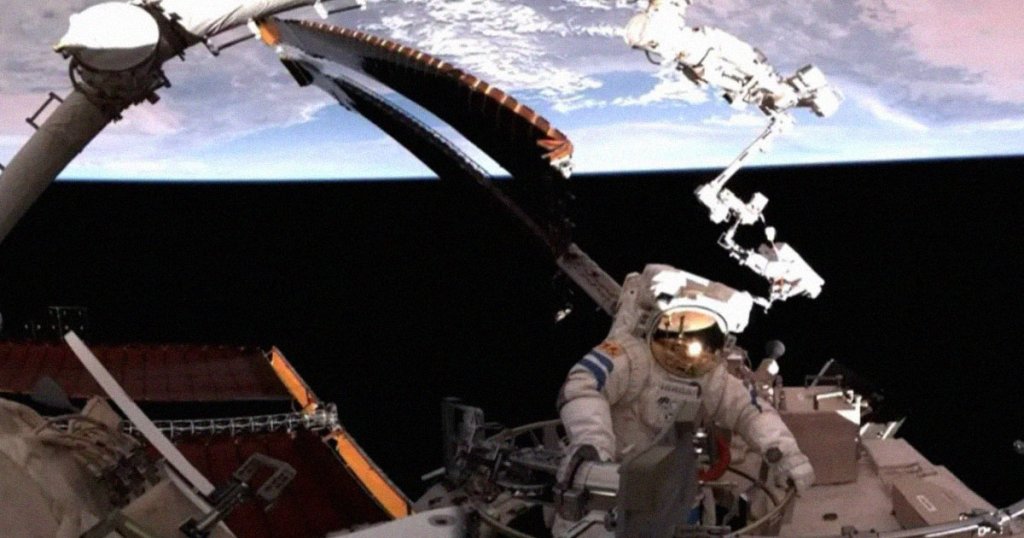“It’s truly moving to witness the grandeur of this project.”
Mi Armor
Two astronauts ventured outside of China’s Tiangong space station last week to armor its exterior against incoming space debris kicked up by an exploding Russian satellite.
“The spacewalk primarily focused on installing protective devices on external cables and pipelines to mitigate risks posed by potential space debris collisions, enhancing the long-term safety and stability of the space station,” China Aerospace Science and Technology Corporation engineer Liu Ming told state-owned news network CCTV, as quoted by the South China Morning Post.
The news comes after a retired Earth observation satellite dubbed Resurs-P1 broke up in orbit late last month, forcing astronauts on board the International Space Station to shelter inside their respective spacecraft. It broke into more than 100 pieces that are now being tracked by the US Space Command.
Instead of sheltering in place, crew on board China’s Tiangong space station were instructed to bulk up its physical defenses — a mission that highlights the considerable risks small pieces of space debris can pose to astronauts orbiting the Earth.
+1 Shield
Astronaut Li Cong was moved into place with the help of a robotic arm, with fellow crew member Ye Guangfu handing him the necessary equipment. A third astronaut Li Guangu monitored the mission from the station’s central Tianhe module.
The spacewalk took 6.5 hours and went by largely without a hitch. According to the SCMP, the two spacewalkers even made jokes, competed to reach a designated spot, and struck poses for the camera.
“Whenever the robotic arm sent me to high points, despite the glaring sunlight, I [could not] help but want to take a closer look,” Li Cong told CCTV. “It’s truly moving to witness the grandeur of this project.”
The three astronauts have been stationed at the orbital lab since April 26, and already installed several protective devices on the station’s Mengtian lab module during a May 28 spacewalk. The latest mission involved adding other protective devices to the station’s Wentian lab and Tianhe core module.
The ISS features ballistic panels to protect it from micrometeoroids and orbital debris as well.
As illustrated in the 2013 sci-fi blockbuster “Gravity,” space junk can have disastrous consequences if they ever collide with a spacecraft in orbit, from tiny micrometer-sized impacts to mission-critical holes measuring larger than one centimeter, according to the European Space Agency. A collision with a ten-centimeter object would “likely entail a catastrophic disintegration of the target.”
And our planet’s orbit is only becoming more cluttered as time goes on, meaning space agencies will have to get creative to ensure the survival of their crews.
More on space debris: Astronauts Sheltered in Escape Vehicles as Debris Menaced Space Station

